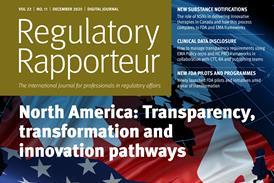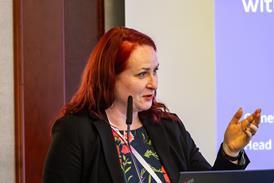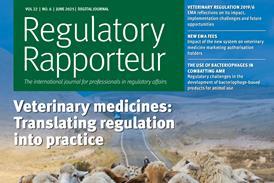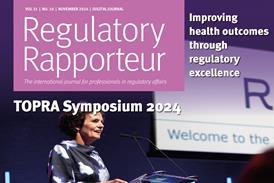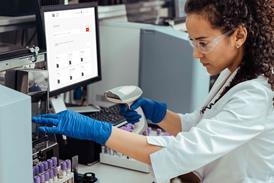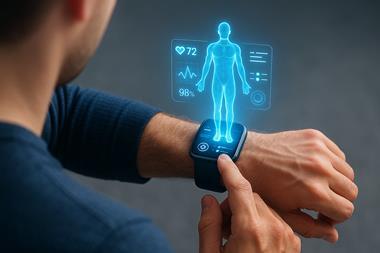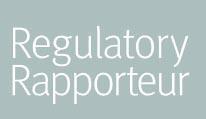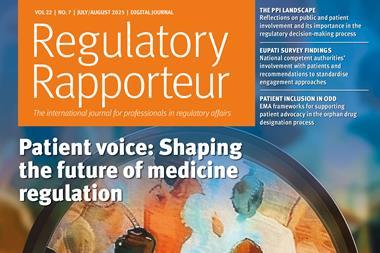In clinical trials and throughout product lifecycles, there is a global drive to generate and use more real-world evidence (RWE). It is widely agreed that RWE can help support regulatory submissions and assist with decision-making processes.
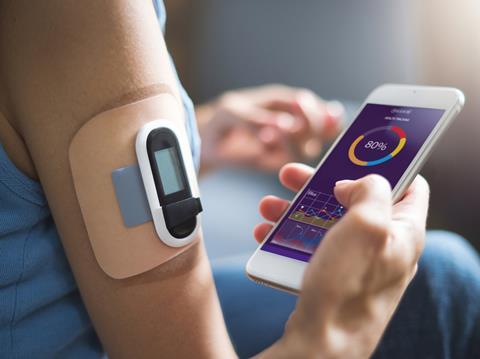
Regulatory agencies have expressed the need for more RWE. According to an EMA report covering data from February 2024 to February 2025, the demand for RWE from EMA internal teams, particularly the Human Medicines division, increased over the last year, reflecting the growing need to generate and integrate evidence.
The International Council for Harmonisation of Technical Requirements for Pharmaceuticals for Human Use (ICH) has also addressed the need for further guidance on RWE and announced that the topic, ‘Considerations for the Use of Real-World Evidence (RWE) to Inform Regulatory Decision Making with a focus on Effectiveness of Medicines’ was agreed to be coordinated. This has now been officially approved as a new efficacy guideline that will propose a ‘systematic approach to using RWE in regulatory decision making’.
How is RWE collected?
First, real-world data (RWD) needs to be gathered from everyday settings rather than in a controlled clinical environment. Some examples of RWD include data from electronic health records, wearables, pharmacy records, patient reported outcomes such as symptoms and treatment results, and registries.
This data is analysed, and then RWE is generated. RWE can be used to monitor the safety and effectiveness of products, make alterations or recalls if necessary, and any other relevant adjustments. RWD and RWE are incredibly valuable and central to the regulatory affairs process and can influence how similar medicinal products and medical devices are developed in the future.
While RWE and RWE are extremely valuable tools, there is also a need to ensure that high data quality standards are maintained and that data is reliable and accurate. Reducing bias or skewed results is an important step, and while gathering data from a wide range of different sources and countries is valuable, standardisation is crucial to ensure that data can be accurately compared.
The EMA’s report showed that, between February 2024 to February 2025, 78% of data was deemed feasible but 22% of data was unfeasible, largely due to it missing key information, or was not properly captured and therefore could not be used for assessment.
Although strong management of data is needed, RWD and RWE are collectively viewed as being a key step forward to help improve regulatory affairs practices and will undoubtedly help to shape the future of the industry.



